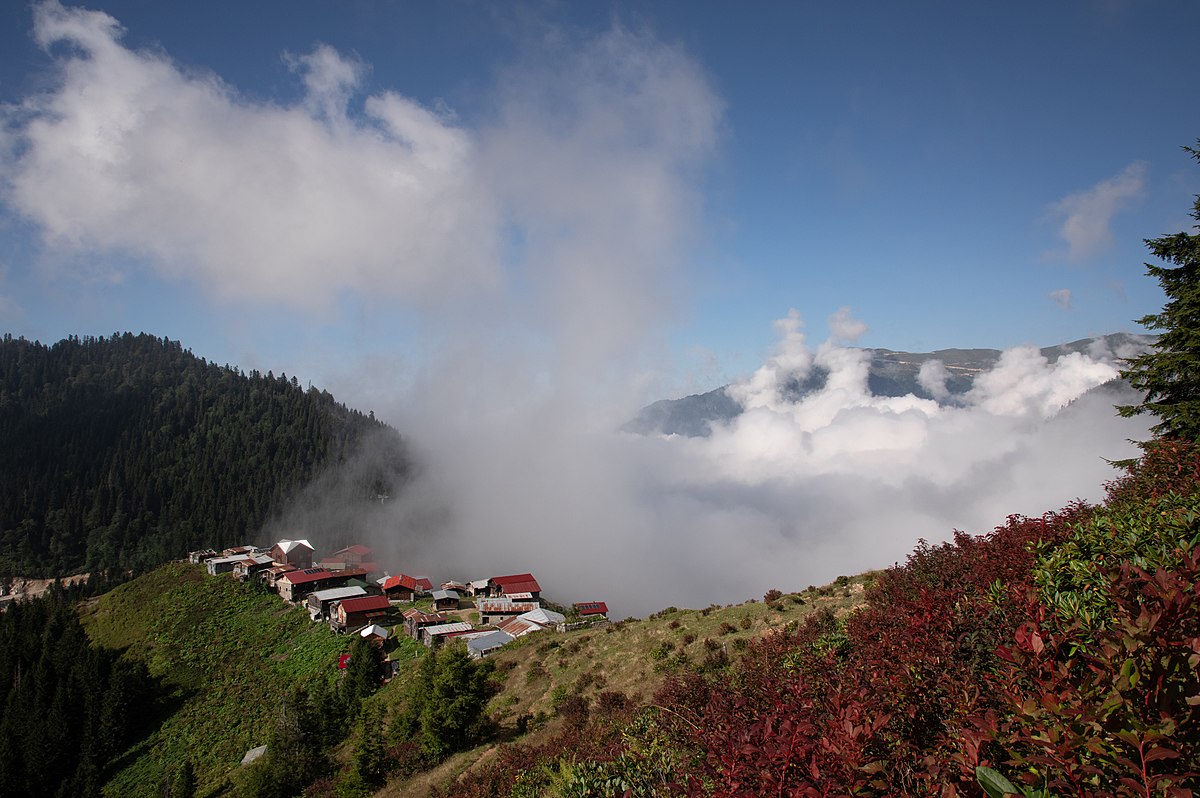Essential Items to Keep in Mind and Carry in Your Backpack
Backpack
Bring a sturdy backpack with a minimum capacity of 25 liters to carry essential items like a jacket, fleece, water flask or bottle, sunscreen, shorts, and other necessities. Avoid city-style backpacks without proper back support, as they can cause discomfort or back pain during the trek.
Walking Pole
A walking pole can be a great aid for experienced users, as it helps distribute the weight of your backpack, reducing strain on your back and legs. However, for those unfamiliar with using one, it might be challenging, especially on uneven terrain. Beginners may want to use a single pole or ask your guide to help find a suitable natural alternative, like a sturdy tree branch.
Trekking Boots
Proper trekking boots are non-negotiable. Hard-soled boots with high ankle support are essential to protect against sprains on uneven surfaces. Your feet bear the full weight of your body, and walking without suitable footwear is akin to diving without a scuba tank—absolutely unadvisable.
Gaiters
Gaiters are useful for keeping snow, mud, sand, and dust out of your boots. You don’t need to invest in an expensive pair as a beginner—basic ones will suffice.
Raincoat or Poncho
Investing in a rainproof and breathable jacket (such as Gore-Tex) is a wise choice, as it offers long-term protection and comfort. Ponchos are another option, but they tend to trap sweat during long walks, potentially leaving you wet from the inside. A rainproof jacket is always the better option for keeping dry and comfortable.
Headgear
Protect yourself from the sun with sunglasses and a sunhat. These are indispensable for sunny days on the trail.
Trousers
Opt for quick-drying trekking trousers, ideally with zip-off legs that can convert into shorts. Avoid wearing denim jeans, as they are not suitable for trekking and can become heavy and uncomfortable if wet.
Bottle or Flask
While reusable plastic bottles are commonly used by beginners, we recommend switching to a metal bottle or thermos flask (approximately 500 ml) for better durability and health benefits.
First Aid Kit
Your guide will carry a general first aid kit, but it’s essential to bring any personal medications or specific items you may need, such as allergy treatments or other specialized medical supplies.
Swimwear
Don’t forget your swimsuit and towel! There will be plenty of opportunities to swim in the sea, weather permitting, so come prepared to make the most of these moments.Essential Items to Keep in Mind and Carry in Your Backpack
Backpack
Bring a sturdy backpack with a minimum capacity of 25 liters to carry essential items like a jacket, fleece, water flask or bottle, sunscreen, shorts, and other necessities. Avoid city-style backpacks without proper back support, as they can cause discomfort or back pain during the trek.
Walking Pole
A walking pole can be a great aid for experienced users, as it helps distribute the weight of your backpack, reducing strain on your back and legs. However, for those unfamiliar with using one, it might be challenging, especially on uneven terrain. Beginners may want to use a single pole or ask your guide to help find a suitable natural alternative, like a sturdy tree branch.
Trekking Boots
Proper trekking boots are non-negotiable. Hard-soled boots with high ankle support are essential to protect against sprains on uneven surfaces. Your feet bear the full weight of your body, and walking without suitable footwear is akin to diving without a scuba tank—absolutely unadvisable.
Gaiters
Gaiters are useful for keeping snow, mud, sand, and dust out of your boots. You don’t need to invest in an expensive pair as a beginner—basic ones will suffice.
Raincoat or Poncho
Investing in a rainproof and breathable jacket (such as Gore-Tex) is a wise choice, as it offers long-term protection and comfort. Ponchos are another option, but they tend to trap sweat during long walks, potentially leaving you wet from the inside. A rainproof jacket is always the better option for keeping dry and comfortable.
Headgear
Protect yourself from the sun with sunglasses and a sunhat. These are indispensable for sunny days on the trail.
Trousers
Opt for quick-drying trekking trousers, ideally with zip-off legs that can convert into shorts. Avoid wearing denim jeans, as they are not suitable for trekking and can become heavy and uncomfortable if wet.
Bottle or Flask
While reusable plastic bottles are commonly used by beginners, we recommend switching to a metal bottle or thermos flask (approximately 500 ml) for better durability and health benefits.
First Aid Kit
Your guide will carry a general first aid kit, but it’s essential to bring any personal medications or specific items you may need, such as allergy treatments or other specialized medical supplies.
Swimwear
Don’t forget your swimsuit and towel! There will be plenty of opportunities to swim in the sea, weather permitting, so come prepared to make the most of these moments.









